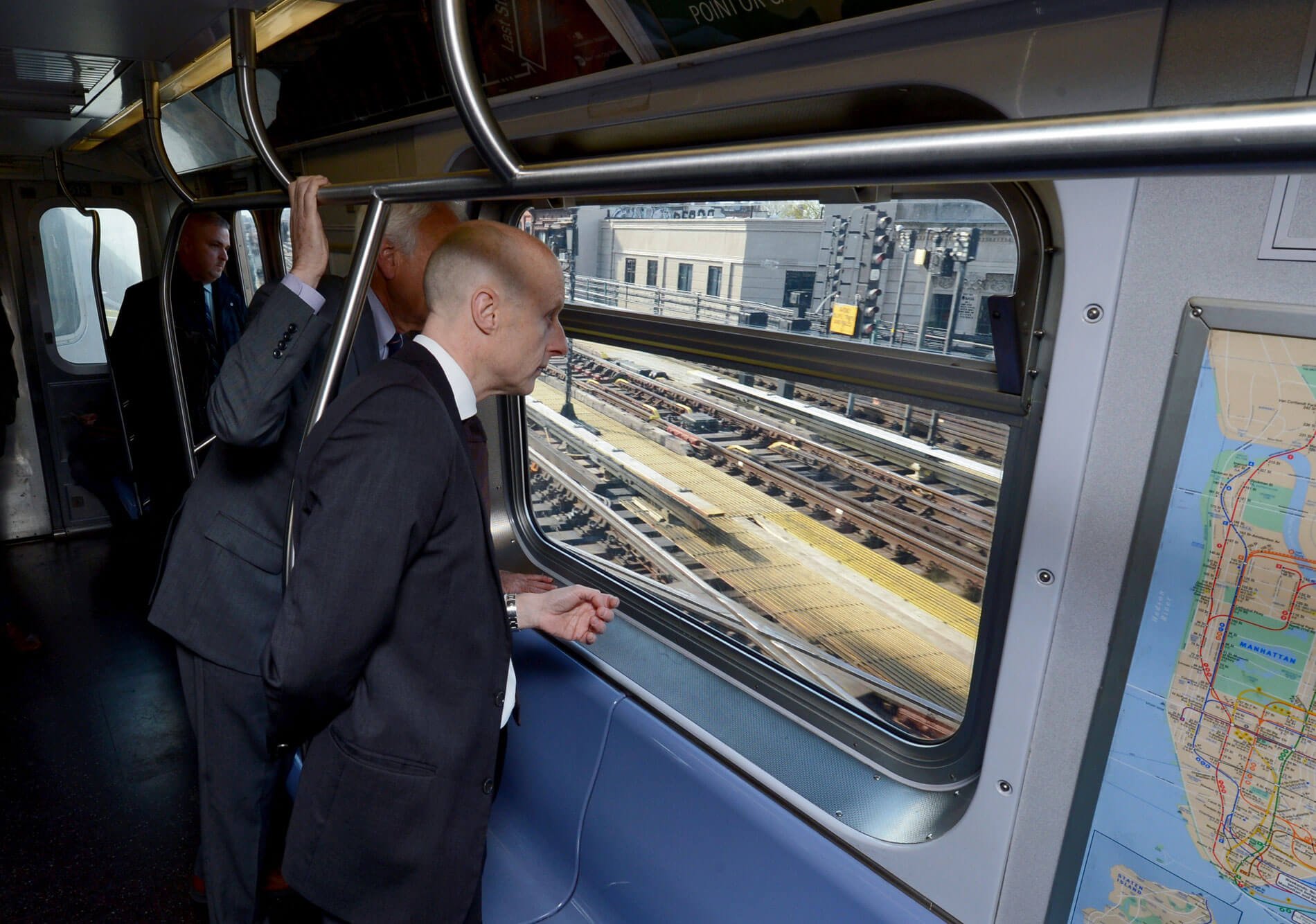A major transformation is underway for New York’s Pennsylvania Station as Amtrak and the U.S. Department of Transportation revealed an ambitious plan to overhaul the nation’s busiest transit hub, targeting a construction start by the end of 2027. Announced jointly by Transportation Secretary Sean Duffy and Amtrak Special Advisor Andy Byford, the project seeks to address decades of criticism about the station’s overcrowded, outdated, and uninspiring facilities, with a focus on efficiency, passenger experience, and regional economic impact.
Secretary Duffy emphasized urgency, declaring, “We are going to move at the speed of Trump,” and underscored that this will not become a decades-long odyssey but a project the current generation will benefit from. Backed by $43 million in immediate federal grants, preliminary design and environmental assessments are slated to begin soon, with the selection of a master developer to be completed by May 2026.

Andy Byford, renowned for his past leadership revitalizing London’s Elizabeth Line and New York City Transit, brings a reputation for delivering complex transit projects. As the new steward for the Penn Station effort, Byford is prioritizing an operational rethink—most notably, the long-debated idea of “through-running” trains rather than terminating all routes at Penn. This operational shift is widely viewed by transit advocates as aligning with global best practices and maximizing the efficiency of Penn’s 21 tracks, potentially doubling peak service without the need for vast physical expansion.
The path forward marks a move away from previously discussed plans to demolish the block south of the station in order to add more tracks—a proposal now on hold as Amtrak and DOT focus first on throughput and operational enhancements within the existing footprint. This decision comes as a relief to advocates and residents concerned about the scale and disruption of demolishing adjacent city blocks and businesses.
At the heart of the project is the pursuit of a world-class, modern, safe, and accessible Penn Station that serves New Yorkers and visitors alike. Plans include a new commuter train hall, improved passenger concourses, better accessibility, and expanded green spaces for the neighborhood. There remain unresolved issues, such as the possible relocation of Madison Square Garden, which currently sits above much of the station; the future of this iconic arena will be decided as master planning advances.
Stakeholders from city, state, and federal levels are backing the transformation, recognizing both the chronic shortcomings of the current station and the importance of a seamless, well-connected transit gateway to New York’s continued economic vitality. Governor Hochul and city officials have publicly supported the accelerated timeline and the prospect of reimagining Penn as a national transit landmark.
Advocacy groups such as ReThinkNYC have praised Byford’s willingness to champion through-running, viewing it as a win-win for ridership and affordable, sustainable urban development. The vision aligns with federal policy priorities and emerging urban mobility trends, aiming to leverage infrastructure investments for maximum public benefit.
As one of the nation’s most prominent infrastructure undertakings, Penn Station’s forthcoming redevelopment is set to transform the experience of millions, promising not just a brighter station but a more connected and vibrant New York for decades to come.



